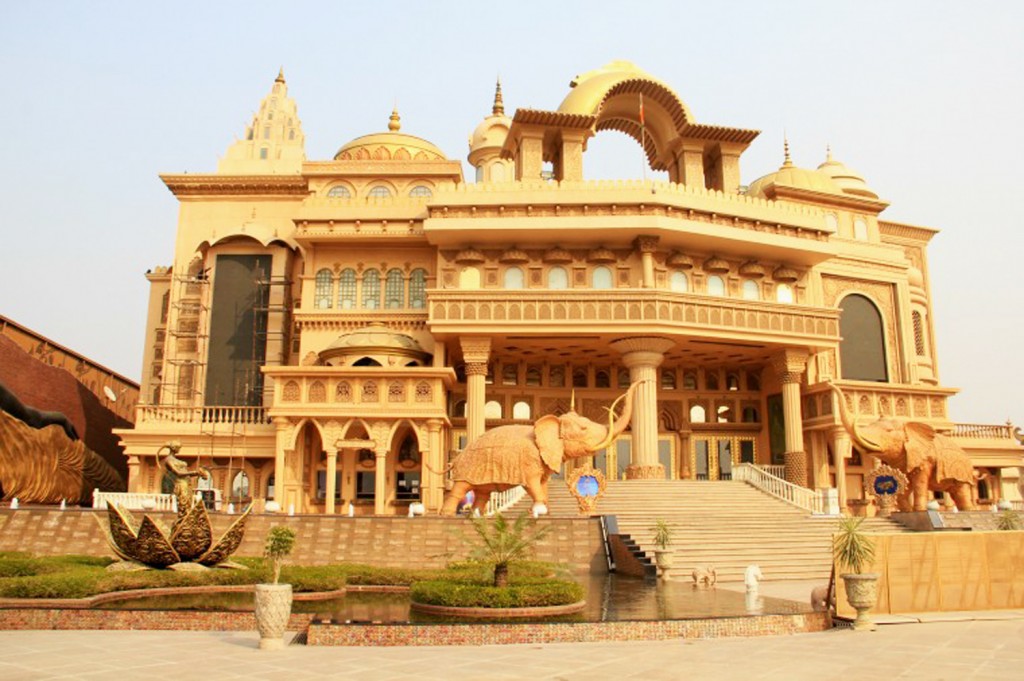- Haryana government is reported to be planning making it mandatory for all public buildings to opt for rooftop solar
- Starting from Gurugram and Faridabad, the plan will eventually be implemented across the state
- All public buildings, including health centers, offices, schools, and the like will be required to install solar power generation systems, as per the plan
- With WHO listing Gurugram as one of the 20 most polluted cities in the world, the local administration hopes making rooftop solar mandatory will result into some tangible results in the next six months
The State Government of Haryana in India plans to make it mandatory to install rooftop solar systems for all public buildings. First it wants to implement the plan in the cities of Gurugram (previously Gurgaon) and Faridabad. Eventually it will be spread across the state.
Local newspaper The Times of India (TOI) reported that the state’s new and renewable energy department made the announcement in the wake of the World Health Organization (WHO) tagging Gurugram as the 11thmost polluted city in the world. In fact, 14 out of the world’s most polluted 20 cities are in India, as per WHO.
Gurugram is also nicknamed as the Millennium City of India for its luxurious high rises, presence of multinational firms, fancy malls. Yet power supply is not reliable, having forced consumers to sustain on polluting diesel gensets.
The government agencies are contemplating that all public offices will be asked to have solar power generation systems. Once the order is implemented effectively, they are hoping to see a tangible change in the next six months. According to TOI, Additional Chief Secretary of New and Renewable Energy Department, Haryana, PK Mahapatra said the government would want to cover all public buildings in this order, including schools, health centers, offices, among other structures.
Previous announcements
This isn’t the first time when the state government has tried to cajole its denizens to go solar. Previously in September 2014, it made it mandatory for every new home across the state with an area of up to 500 square yards to have a grid connected rooftop solar system installed. It included in its purview commercial and industrial consumers as well, along with hospitals, malls and hotels.
Later in 2016, it allowed property owners to install rooftop solar power plants of 1 kW to 1 MW capacity under net metering. In India, consumers who invest in solar panels are eligible for financial assistance from the state and the central government for plant capacity in the range of 1 KW to 500 kW. This does not include government, commercial and industrial sector.
Shoddy implementation
Another TOI article claims subsidy payments do not arrive in time. Also, people do not understand how much power they are generating from their solar power plants, and how much they are exporting back to the grid, as there is an absence of trained discom staff who do not know how to read the meters correctly. There is no regular bill cycle being followed either.
Residences slow to pick up rooftop PV
Rooftop solar is a pet peeve of the Government of India that has set itself the humongous target of 40 GW of capacity from this segment by 2022. As of March 31, 2018, India’s cumulative rooftop PV capacity was only 1,063 MW, according to the Ministry of New and Renewable Energy (see India Touches 21.6 GW Cumulative PV Capacity). While the commercial and industrial sector is more and more opting for rooftop PV, the residential sector is yet to warm up to it. Despite the government offering financial subsidies for capital cost and connecting the people with empaneled agencies, there is not much action on the ground. And the year 2022 is not that far. Seen from this context, the administration seems to be getting strict.
Chandigarh, the capital city of two Indian states, Haryana and Punjab is set to slap bylaw notices on residential owners in the city for not installing solar panels. Given a 2 year deadline to go solar, out of 20,000 private houses in the city that have the required size, only 900 owners have approached the city administration, reported TOI.












